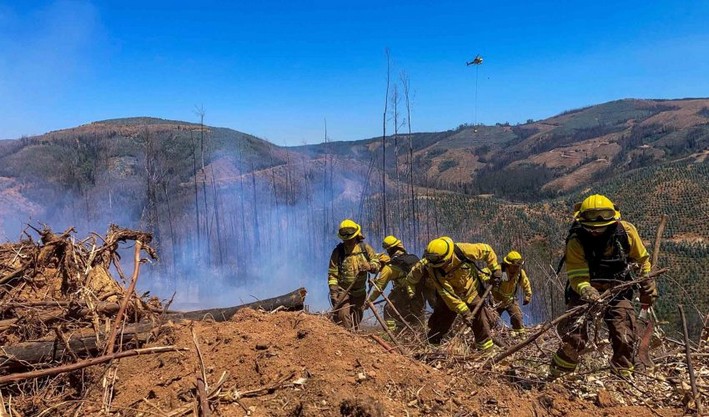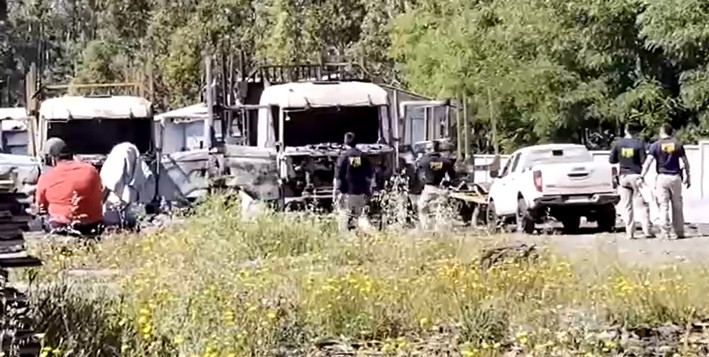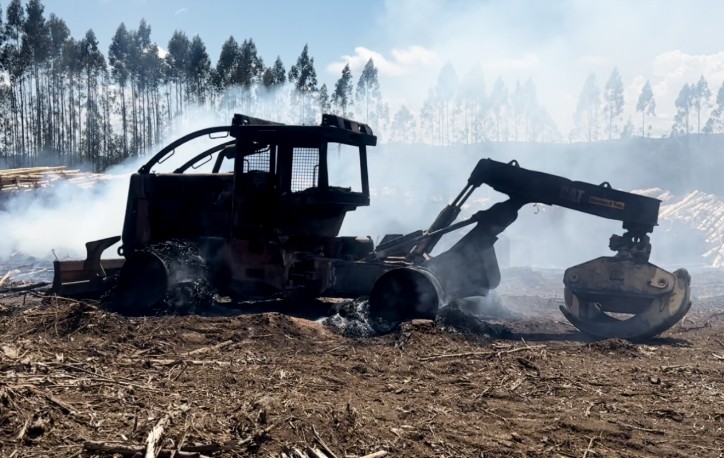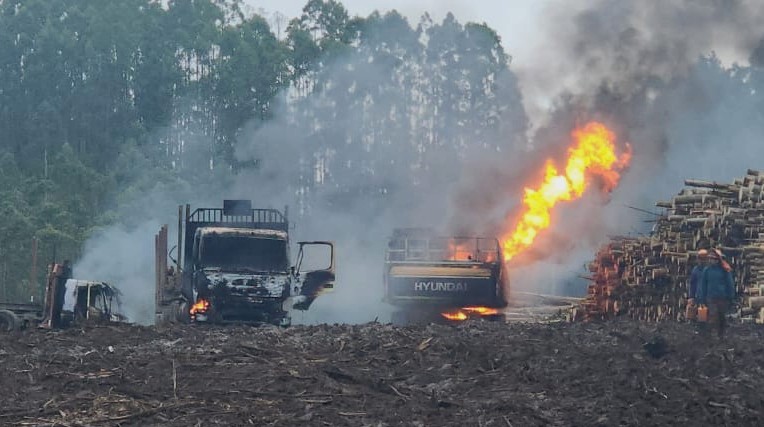Nearly Two Years in Congress: Government Demands Acceleration of Wildfire Prevention Law
The bill aimed at regulating the prevention of forest and rural wildfires has been in the Senate for over a year and nearly two years in total in the National Congress. In this regard, the government has emphasized the urgency of passing the initiative soon, ahead of the upcoming 2025-2026 wildfire season.
Specifically, the proposed legislation seeks to strengthen prevention strategies for wildfires, emphasizing coordination among municipalities, communities, landowners, and forestry companies. Additionally, it introduces stricter penalties for illegal or negligent burning.
According to the Executive Branch, the bill recognizes prevention as a priority and acknowledges that emergency response cannot remain purely reactive. To this end, the initiative proposes concrete measures such as firebreaks, involvement of organized communities, new management plans, coordination with the National Disaster Prevention and Response Service (Senapred), and the private sector. It also includes collaboration with small landowners.
"Recognizing buffer zones and urban-rural interface areas—which concentrate 80% of the population in just 5% of the territory and account for nearly 60% of wildfires—is crucial. The area affected by wildfires in Chile has doubled in the last decade, and if we don’t act now, the situation will only worsen. Urban expansion into rural areas, lack of regulation, and insufficient environmental education in vulnerable communities are structural issues requiring strong legislative solutions," stated Agriculture Minister Esteban Valenzuela.
In this context, the minister urged that "this bill be passed by Congress as soon as possible. The 2025-2026 wildfire season is just around the corner. Prevention must be a priority, and this new law in progress is a step in that direction. This isn’t just about legislating—it’s about making decisions that protect our natural heritage and our communities."
Meanwhile, Senator Enrique van Rysselberghe of the Biobío Region addressed the stalled progress of the initiative, noting that the bill was approved in general terms in 2024 and that the current delay is due to discussions on specific details, though further information remains unclear.
Similarly, van Rysselberghe stated, "I am unaware of the specific reason why this bill has not advanced in its legislative process, and I hope the government can prioritize it for prompt discussion, both in committee and on the Senate floor."
Risk in Biobío
It is worth recalling that the Risk Map analysis, released in April of this year, highlights that the Biobío Region has the largest area classified under the very high threat category, equivalent to 6.5% of its territory (156,270 ha), mostly concentrated in Greater Concepción, Arauco, Lebu, and Curanilahue. It is followed by the Valparaíso Region, with 4.7% of its territory (75,556 ha) in this category, primarily focused in Greater Valparaíso and the municipalities of La Ligua, Casablanca, and San Antonio. The Metropolitan Region ranks third, with 4.5% (69,323 ha) of its area under very high threat, mostly in the areas surrounding Santiago and the municipalities of Melipilla, Curacaví, and Alhué.
Source:Diario Concepción









